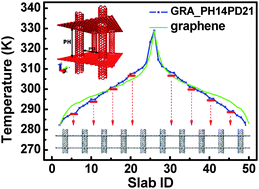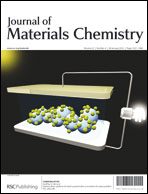Carbon-based nanomaterials have drawn strong interest for potential applications due to their extraordinary stability and unique mechanical, electrical and thermal properties. For the minimization of microelectronics/micromechanics circuits, bridging the low dimensional microscopic structure and mesoscopic modeling is indispensable. Graphene and carbon nanotubes are suggested as ideal ‘building blocks’ for the bottom-up strategy, and recently the integration of both materials has stimulated research interests. In this work we investigated the thermal and mechanical performance in the pillared-graphene – constructed by combining graphene sheets and carbon nanotubes to create a three-dimensional nano network. Reverse non-equilibrium molecular dynamics simulations were carried out to analyze the thermal transport behavior. The obtained thermal conductivities are found to be possibly isotropic in two specific directions or highly anisotropic for certain structure configurations. In the mechanical performance analysis, tensile deformations are loaded along graphene plane and along tube axis. The elongation responses and stress-strain relations are observed to be nearly linear, and the calculated strength, fracture strain and Young's moduli are lower than the pristine graphene or carbon nanotubes. The alterations in the thermal and mechanical performances are ascribed to the bond conversion on the junctions.

You have access to this article
 Please wait while we load your content...
Something went wrong. Try again?
Please wait while we load your content...
Something went wrong. Try again?


 Please wait while we load your content...
Please wait while we load your content...